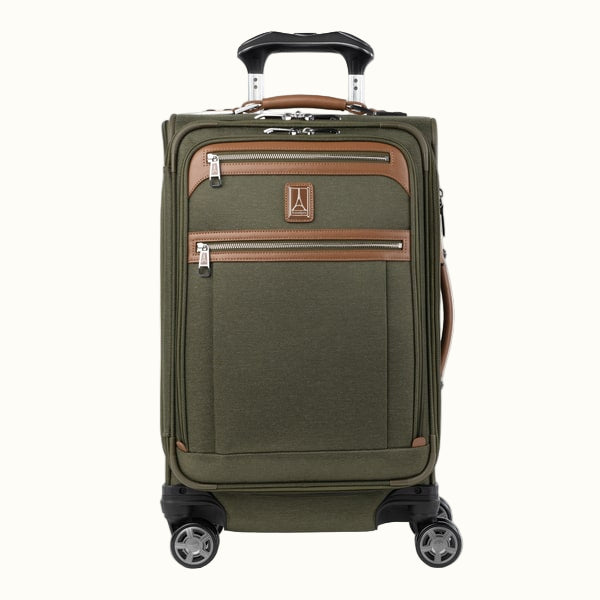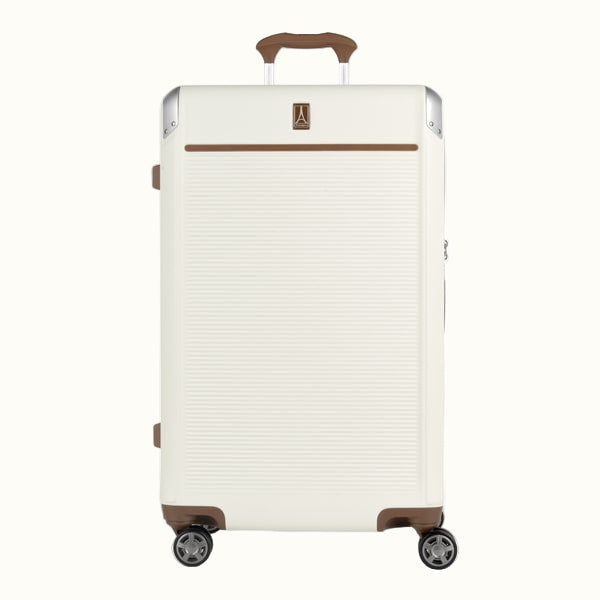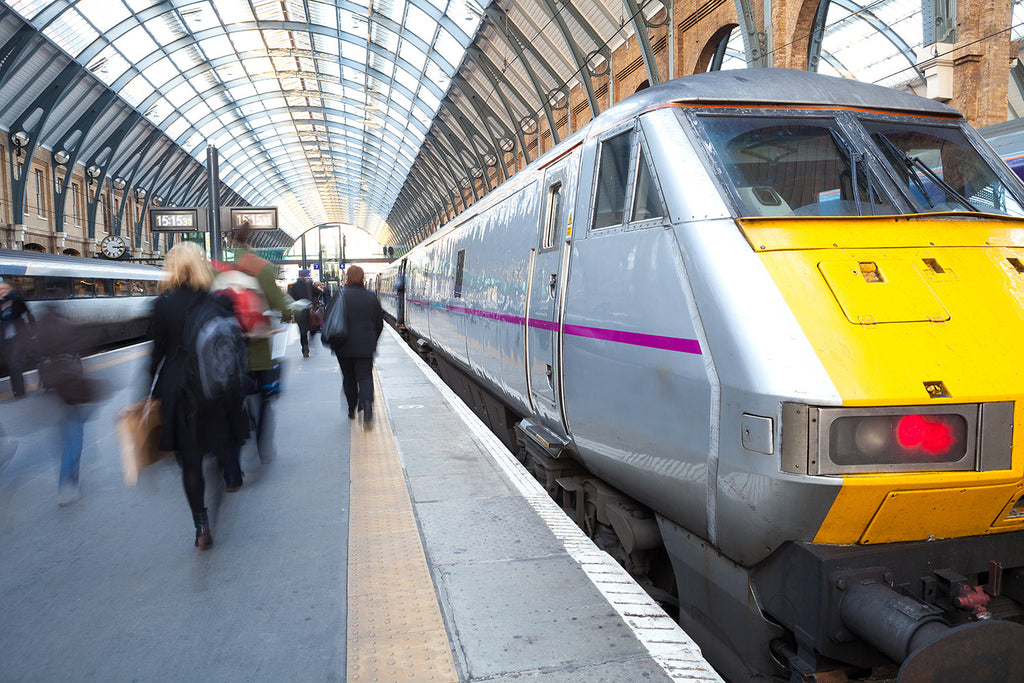One of the most relaxing ways to travel is to climb aboard a train. As the cars rumble down the tracks, you get to relax and enjoy exquisite views. Plan a sleeper train trip, and you can even rest through the night and wake up refreshed each morning. Before booking your ticket, learn more about planning and packing for train travel.
What Should I Pack for A Train Trip?
Train packing is similar to plane packing. You can take several bags, but unlike traveling by car, you’ll want to keep things on the lighter side – especially if you will be transferring between stations.
To maximize what you’re able to pack, check out our packing tips. You'll learn how to get everything you need into your bag, including all the essentials for taking a trip on a train.
Travelpro® duffel bags are great for train travel. They are flexible, durable, and have built-in organization that keeps contents separated and secured.
Many train trips require you to check in larger luggage, just like when you fly. If you are checking your bags, you will not have access to them on board, so put anything you need during the ride in your carry-on luggage, which is usually free to bring aboard. Amtrak has a “You + Two” policy, where you can bring a personal item, a carry-on, and a checked bag at no additional charge.
Train rides do take longer than flying, and often even longer than extended road trips.
Train Travel Essentials
For one-day train trips or longer trips where you check the rest of your luggage, you can pack light using a personal-item-sized bag that holds what you need without weighing you down. Some key items to include on your train/Amtrak packing list are:
- Snacks for the Train: We all get hungry between meals. The best train snacks are non-perishables, like granola bars, fruit, or nuts. You can even bring your favorite drink; no security worries here.
- Cords and Chargers: Don't miss capturing the memories of those incredible views because of a dead camera! A power bank charger lets you charge batteries without an electrical outlet.
- Headphones: Amtrak does have wifi on most trains, so when the sun sets, you can catch up on your favorite shows. It's recommended that you download the longer movies before the trip.
- Power Strip: Amtrak trains do have outlets and sometimes charging ports at every seat. But often, there is only one outlet per car. A power strip gives you more plugs.
Navigating Train Stations Like a Pro
Getting around a train station is similar to navigating an airport, with a few additional points to keep in mind.
- Allow time: You'll want to arrive at least 30 minutes before departure, but earlier is better if you are checking luggage, need help, or are departing from a busy station (or during a busy time of year).
- Pack right: Not all stations allow you to check luggage. As you plan your trip, ensure the departure and arrival stations accept checked bags. Some Amtrak stations allow you to store your baggage onsite so you can explore the area without lugging your luggage with you.
- Plan your route: Most stations have maps online, so you can familiarize yourself with the terminal layout and stops before departure and arrival.
Travel by train is gaining popularity in the US for good reason. It’s an adventurous way to travel and allows you to experience more of the landscape you traverse.





